Nowadays, more and more people are becoming aware of the harmful effects the buildings are causing to the environment. Even though green buildings have gained popularity in recent years, the concept of the sustainable designs that green buildings follow go back to the 1960s and 1970s.
The green building movement first originated in the U.S. from the need for more energy-efficient, sustainable, and environmentally friendly construction practices. Slowly, most of the world realized the importance of green buildings and are now using design practices in favor of the environment.
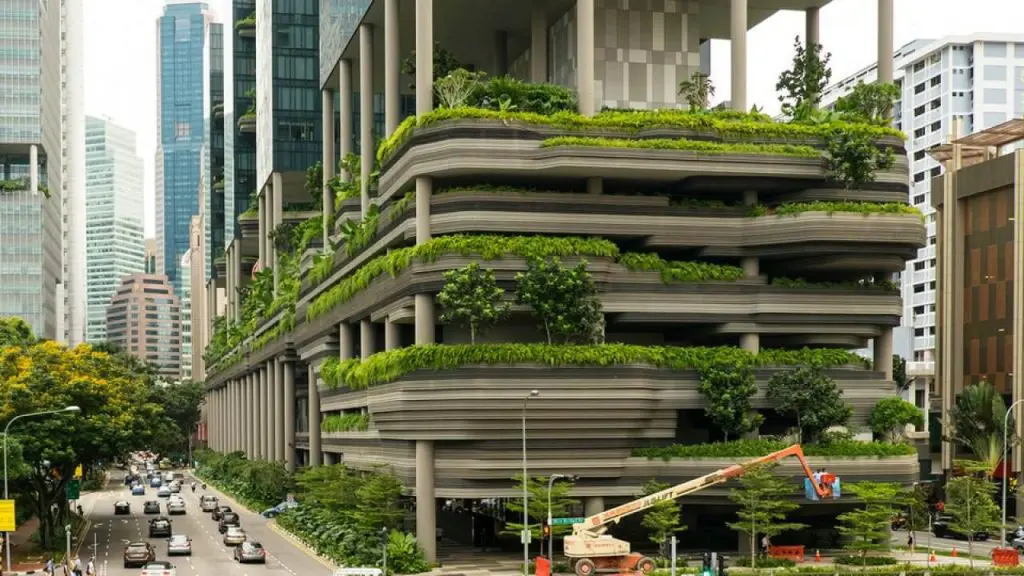
With more states and local governments taking action to incorporate green building techniques into their planning and policy framework, the future for resource efficiency, a green economy, and sustainable development have started to look bright.
Also, there have been several examples of buildings that have adopted green building policy platforms to encourage the construction of certified green buildings and structures that maximize energy efficiency, conserve water, manage or recycle waste, and preserve local environments.
What are Green Buildings and Why are They Important?
When we talk about the meaning of green buildings and what do they do for the environment, we automatically understand their importance and need. A green building is one that uses the natural resources efficiently, maximizes the use of local materials, and eliminates waste.
Another way to define a green building is that it contributes more to the environment than it takes from it. Moreover, they also consider the true costs of building and site impacts on the local, regional, and global environment through life-cycle costing and assessment.
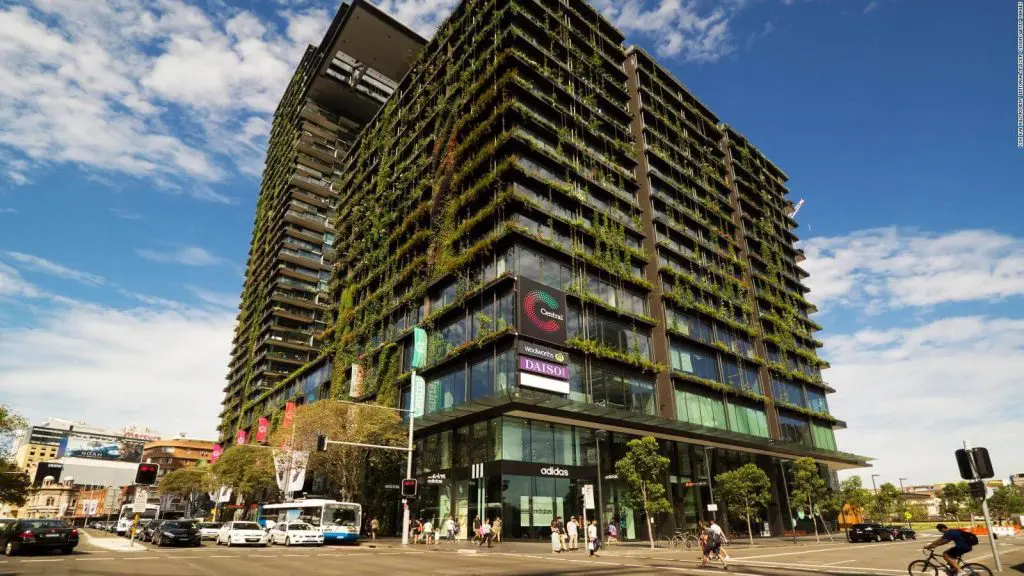
Normally, buildings consume 40% of all material and energy flows. Moreover, they account for 35% of the Co2 emissions in a place. Green building practices provide the framework and tools to avoid this and also build in an efficient, healthy and ecologically responsible manner. However, green buildings aren’t only beneficial to the environment.
In addition to these functions, they also provide better indoor air quality and increase the productivity of the occupants. Also, green buildings encourage companies to benefit from the Green corporate image and to leave a positive impression on customers, employees, business partners, and shareholders.
What is a Green Building Rating System?
Green Building Rating System provides certification to a building based on its sustainable performances in areas such as site development, resource utilization, and selection of material, maintenance, and environment quality of predefined rating systems.
By evaluating the performance of a building and its impact on the environment, any rating system provides levels of certification to that building. Higher performance means more esteemed certification while lower performance means less notable.
What Design Criteria Should We Follow to Make Our Buildings Green?
The project owners of a building can apply for the certification on the websites of the rating systems. In India, there are several rating systems such as IGBC, LEED, GRIHA, ECBC, BEE, and so on.
Different rating systems have different criteria and standards for green building certification. Project owners must know these details of certain rating systems to have better chances of landing a green building certificate. However, below are the few basic standards that every rating system considers before providing a certification.
1. An Insightful Approach to Energy Efficiency
Energy efficiency is one of the fundamental factors of a green building. By minimizing the energy use in all stages of a building’s life-cycle, we can take one step towards having a certified green building. A few methods to optimize energy efficiency are specifying high-performance windows and extra insulation in walls, ceiling, and floors.
Also, to implement a passive solar building design in low-energy homes, and to use solar water heating that further reduces the energy costs. Moreover, the onsite generation of renewable energy through solar power, wind power, hydropower, or biomass can significantly reduce the environmental impact of the building.

2. Conserving Water Resources
Water conservation is yet another important characteristic of a sustainable building. A building not having proper water conservation features will not be granted a green building certification. In most places, the demand for water supply exceeds the quantity that is available for them.
By collection the used water, then purifying it for reuse on-site can save a tremendous amount of water. Other methods of conserving water are reducing the wastewater through optimized landscaping, rainwater harvesting, integrated rainwater catchments, gray water recycling, and wastewater treatment systems.
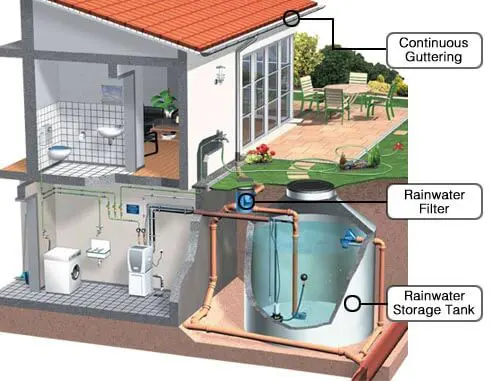
3. Enhancing Indoor Environmental Quality (IEQ)
The IEQ of a building has a significant impact on a user’s health, comfort, and productivity. According to the LEED IEQ guidelines, Indoor Air Quality (IAQ), thermal quality, and lighting quality are important factors for improving the overall IEQ of a building. Indoor Air Quality can be improved by reducing the volatile organic compounds (VOCs).
VOCs are gases that are emitted into the air from building materials such as paints or adhesives or home and personal care products such as cleaners and disinfectants, and so on. Other sources of VOCs are Tobacco smoke, gasoline, etc. Breathing VOCs irritate the eyes, nose, and throat. Long-term exposure to VOCs can even lead to chronic illnesses such as cancer.
To improve the IAQ, buildings need to be properly ventilated for adequate ventilation of cleaner air from outdoors or re-circulated and filtered air. Also, construction materials and interior finish products with zero or low VOC emissions should be chosen during the construction process.
Another important method to improve the IAQ is to lessen the moisture accumulation that leads to mold growth and the presence of bacteria and viruses as well as dust mites and other organisms. One way to avoid this is by water intrusion through a building’s envelope or other water condensing on cold surfaces in the interiors. Solid wood products have allergic dust particles since wood itself is somewhat hypo-allergenic. So, excessive use of these should be avoided.
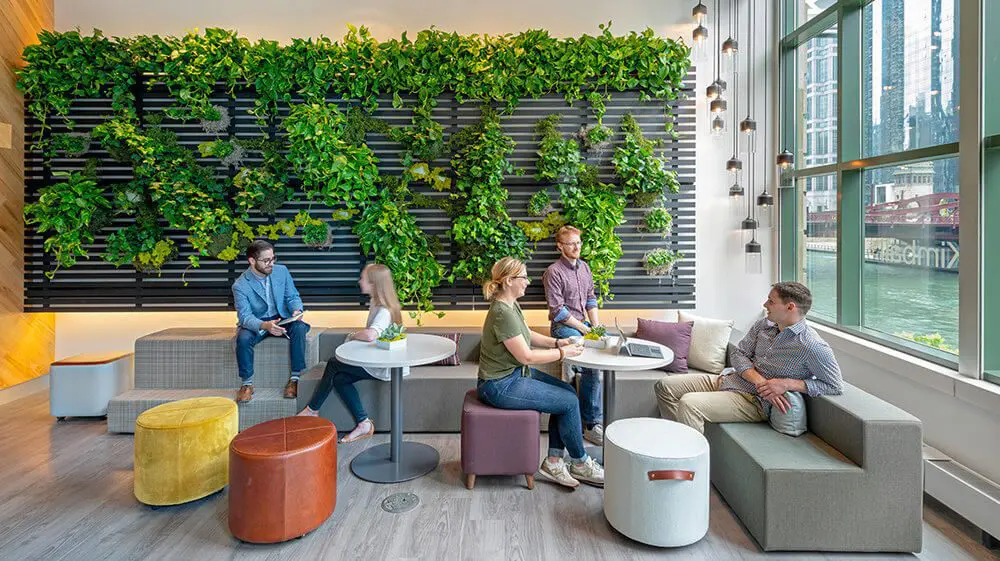
4. Managing and Reducing Building Waste
Now we know that green building aims to reduce waste of energy and water. However, it also aims to reduce the waste of materials during the construction process. More than half of a state’s waste in India comes from commercial buildings.
So, a green building should be able to reduce the amount of material going to landfills during its construction. Moreover, it should also be able to reduce the amount of waste generated by the users. Providing on-site solutions such as compost bins is a simple yet effective approach to achieve this.
5. Use of Sustainable Materials
There are many buildings materials available in the markets that are considered “green”. These include lumber from forests, bamboo, straw, dimension stone, recycled stone, recycled metal, and other renewable, recyclable, or reusable products. These materials are often certified as products that are suitable for use in green buildings during construction.
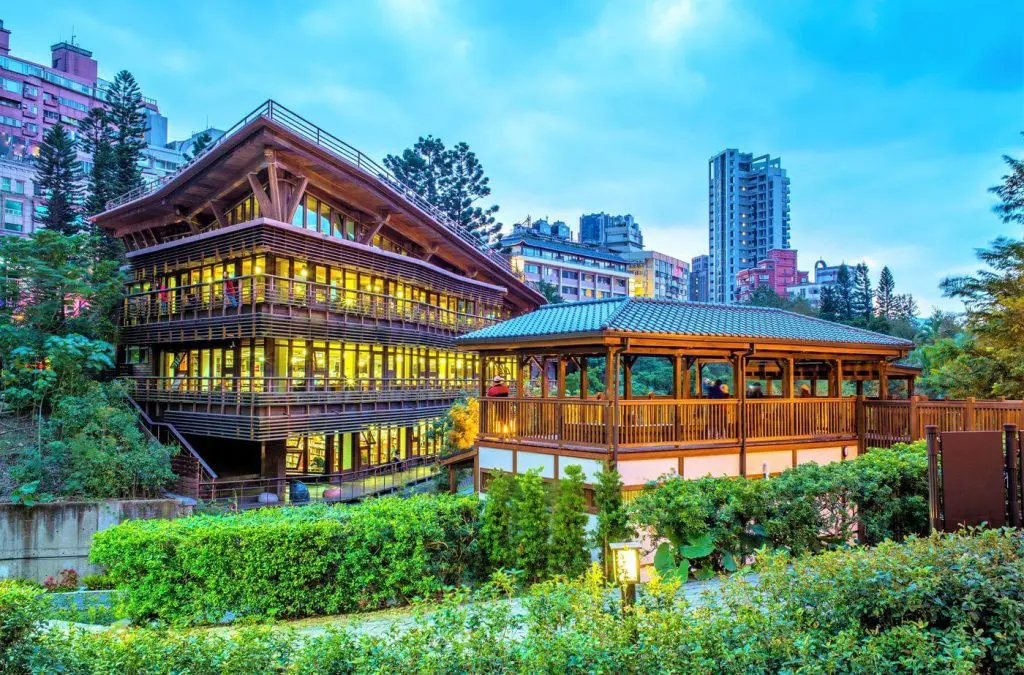
6. Sustainable Site Selection and Planning
This approach is necessary as it optimizes land use and development to reduce adverse impacts and minimize the building’s ecological footprint. Also, sustainable site planning creates minimum urban sprawl and prevents the needless destruction of valuable land, habitat, and open space.
To achieve this, site design must integrate with sustainable design to achieve a successful project and begins with the proper site selection, including the existing building’s rehabilitation. The location and orientation of a building affect the local ecosystems and energy use.
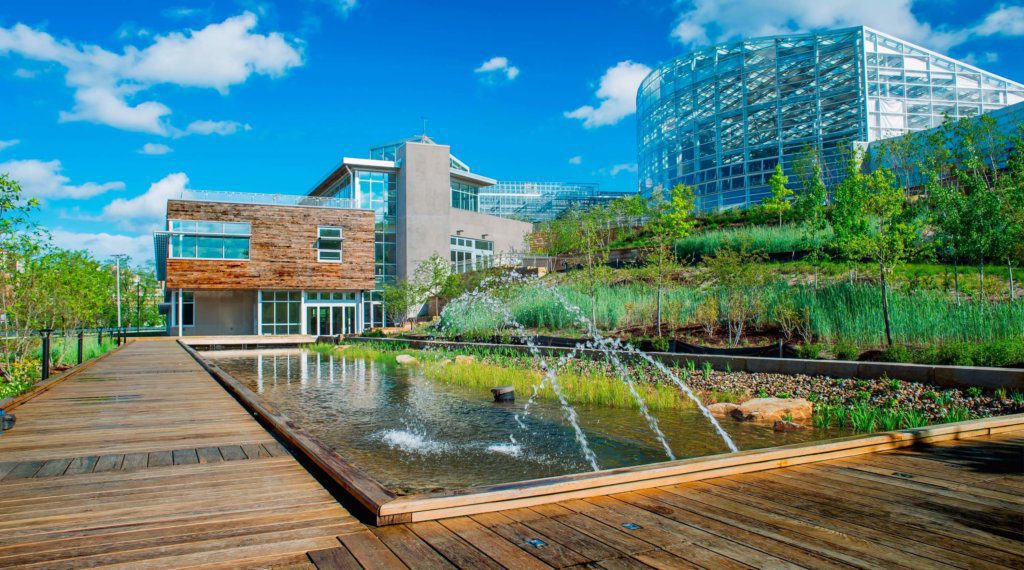
Although it is true a good design is essential to a green building, we simply cannot ignore that the actual operation, maintenance, and ultimate disposal or deconstruction of the building also have very significant effects on buildings’ overall environmental impact.
Green buildings are the need of the hour. Green Buildings are not only related to the selected construction material but also to the long-term impact on the environment and on people’s health.
Whether it is to protect our environment, reduce our energy usage bills, or even provide better living conditions for us, green buildings have proven their worth for us. India is rapidly growing in the green building industry and currently ranks third in the world for having the largest number of certified green buildings.
– Tulisha Srivastava





